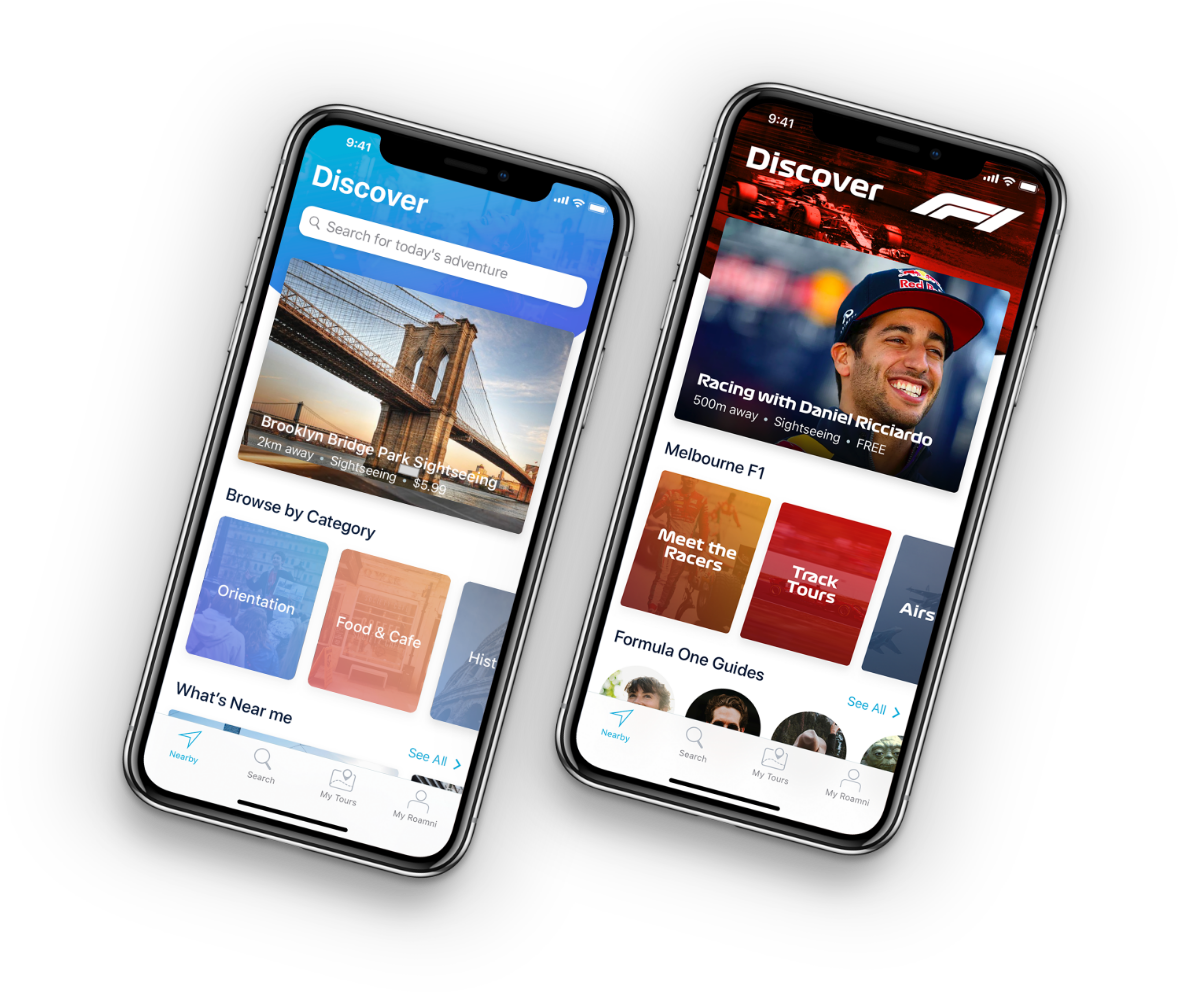How to Price Your App: 4 App Pricing Models That Actually Work
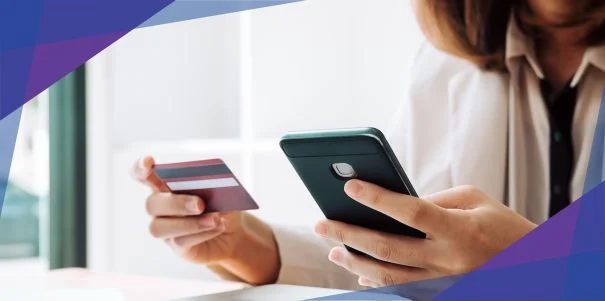
A solid pricing strategy can make or break your app’s success. In the two biggest app stores alone, about 3,000 new apps are released daily. Simply slapping on a low price tag isn’t enough.
So, if you’re an aspiring app publisher stepping into this crowded space, how do you decide what to charge or whether to charge at all?
In this guide, I’ll walk you through popular app pricing models, real-world examples, and how to pick the one that’s right for your app and your audience.
Table of Contents
- What goes into an effective app pricing strategy?
- 4 Profit-driving app pricing models (and when to use them)
- People also ask
What goes into an effective app pricing strategy?
Before we get into the nitty-gritty of pricing models, let’s talk strategy. A smart app pricing strategy balances internal business needs with external market realities.
Internal factors
Within your business or app development process, you need to think of:
| Internal Factors
(Things You Control) |
Why It Matters |
|---|---|
| Your goals | Growth, revenue, or reach? Free or freemium helps grow fast. Paid models bring in money quicker. |
| What your app does | If it solves a problem, people are more willing to pay. Fun apps may need ads or in-app purchases. |
| Who your users are | Young users expect free stuff. Professionals are okay paying for value. |
| Your app costs | If you spend a lot on updates or tools, you need steady income (like subscriptions). |
| How useful your app is | The more it helps, the more people are willing to pay. |
1. Your goals
Are you aiming for fast growth, brand awareness, or immediate revenue?
For example, if your goal is to build a massive user base quickly, a free or freemium model might make more sense than charging upfront. But if you’re a niche app looking to serve a specific audience, a paid model or subscription could help you monetize right away.
2. What your app does
What problem does your app solve, or what value does it offer?
If your app delivers a highly specialized function, like a productivity tool, creative software, or enterprise solution, users might be more willing to pay. But if it’s more entertainment-focused, you might need to rely on volume and monetize through ads or in-app purchases.
3. Who your target users are
Who are you building this app for?
You should understand your users’ behaviors, income levels, and expectations. Teen gamers may expect free content with optional in-game purchases, while business professionals might be fine with paying a premium for powerful, time-saving features.
4. Your app costs
How much are you investing in building and running the app?
If your app has ongoing infrastructure costs—like cloud hosting, AI tools, or frequent updates—you’ll need a pricing model that supports long-term sustainability. That might mean subscriptions, tiered pricing, or even enterprise licensing.
5. How useful your app is
What is the real-world benefit users get from your app?
The greater the perceived value (e.g., time saved, money made, convenience added), the more you can charge. Think about how your app improves users’ lives and how that compares to alternatives they might already be using.
External factors
Aside from internal business factors, you must also account for mobile app market-related elements you can’t control directly:
| External Factors (Things You Can’t Control) |
Why It Matters |
|---|---|
| What other apps charge | You don’t want to charge way more or way less than similar apps. |
| How popular the app category is | If your app is in demand, people are more open to paying. If it’s crowded, offer more for free. |
| How users see your app’s value | Design, reviews, and clear benefits help users feel it’s worth the price. |
1. What other apps charge
What are similar apps charging, and how are they monetizing?
Do some research to see how others in your space price their apps. You can use Selenium web scraping to gather pricing data efficiently from competitor apps and websites. This gives you a reference point and helps you position your app strategically. Undercutting your competitors may not always be wise if it devalues your offer.
2. How popular the app category is
Is there a clear and growing need for your type of app?
If your app solves a pain point in a growing niche (like mental wellness, remote work tools, or personal finance), people are often more willing to pay. But in oversaturated markets, you may need to get creative with freemium features or bundled offerings (I’ll expound on this below).
3. How users see your app’s value
How do users perceive your app’s worth?
Even if your app is loaded with features, users need to understand its value quickly. Your app’s pricing must align with how users see the benefits. Otherwise, they may not be willing to commit. Messaging, branding, and reviews all play a role here.
Want to see how smart app marketing pulls it all together? Check out Apps Marketing Basics: 11 Powerful Strategies to Drive Installs
4 Profit-driving app pricing models (and when to use them)
Now that you’re clear on the factors that matter for pricing, here are the strategies you can employ to boost your profits:
| Pricing Model | What It Is | Best For |
|---|---|---|
| 1. Paid | Users pay upfront to download the app. | Premium apps with high value or niche appeal. |
| 2. Free | Entirely free to use, no cost to users. | Building user base, ad-supported models. |
| 3. Freemium | Free basic version, pay for extra features. | Apps with scalable features or upgrade options. |
| 4. Paymium | Paid download + in-app purchases/upgrades. | High-value apps offering advanced tools or content. |
1. Paid apps: Simple, upfront monetization
When it comes to monetizing your app, sometimes the simplest approach is also the most powerful.
The paid app pricing strategy, where users either pay a one-time fee or subscribe, offers a clear, upfront path to revenue. It’s especially effective when your app delivers something truly unique, serves a niche with real demand, or comes from a trusted name in the space.
So, how do you charge for your app?
While deciding to go “paid” is a solid first step, how you price it—whether it’s a one-time purchase or a recurring subscription—can have a huge impact on everything from user acquisition to long-term growth.
Let me walk through the two most common pricing models you can use:
1. One-time fee
This is the classic model: users pay once and own the app forever. Use this model if your app is a helpful tool, a creative program, or something that keeps adding value without much effort on your part.
Example: Hemingway Editor, known for its clean and distraction-free writing environment, charges a flat $19.99 for its desktop version. Simple, transparent, and effective.
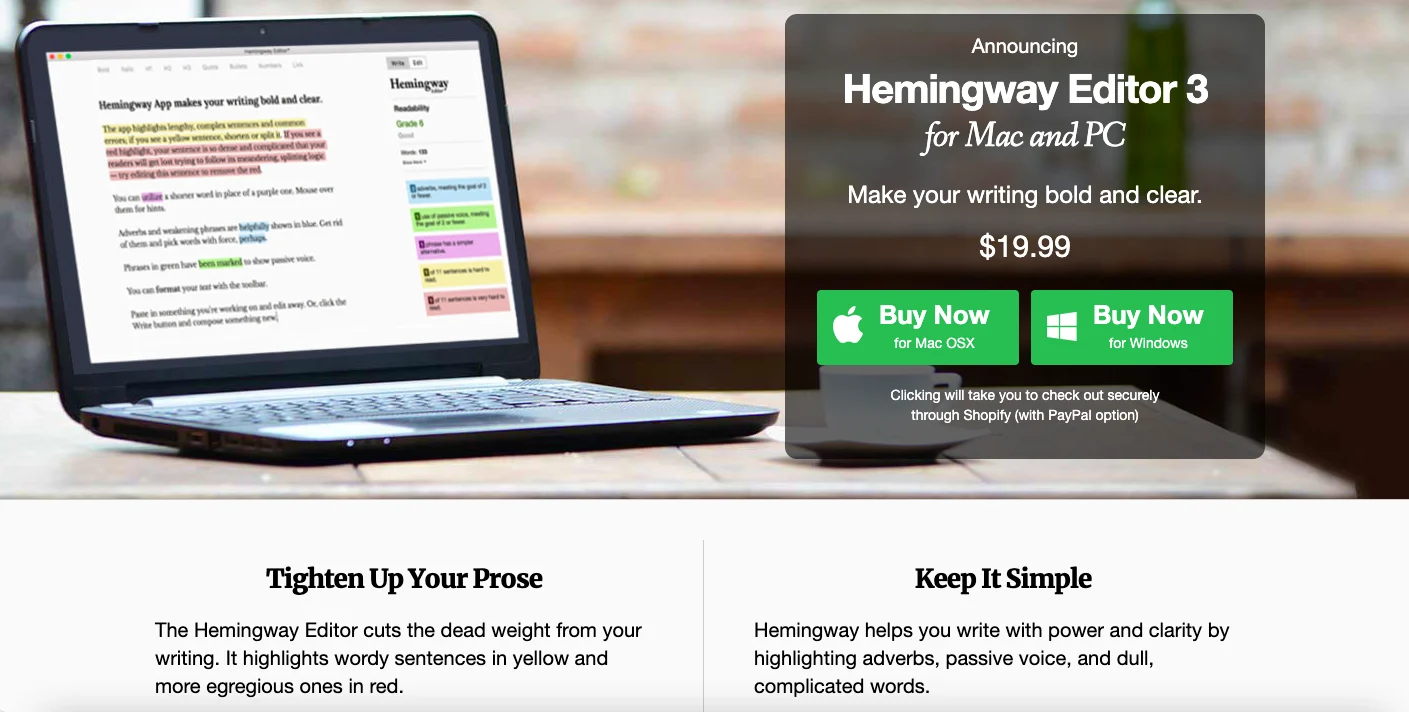
Source: Hemingway
Why it works:
- Instant revenue. No waiting for monthly cycles to build up.
- Clean user experience. No need to manage ongoing billing.
- Great for tools with lasting value that don’t require constant updates.
But consider:
- The upfront cost can be a barrier, especially in crowded categories
- Users who pay once often expect top-tier support and a polished experience out of the gate
2. Subscription (Weekly, Monthly, Annual)
If you envision long-term goals, especially if your app is content-driven or regularly updated, subscriptions might be your go-to. It opens the door to recurring revenue. This is something that can really move the needle for growth and long-term stability.
That said, most apps don’t hit big revenue milestones right away. Only about 20% make it to $1,000/month, according to a report by RevenueCat.
But here’s the encouraging part: those that do tend to get there quickly, with a median of just 60 days. This shows that with the right approach, early traction and recurring revenue aren’t out of reach.
Usual pricing options for subscription apps
| Plan Type | Pricing Range | Use Case |
|---|---|---|
| Weekly | $2.99–$7.99/week | Short-term commitment (can feel expensive) |
| Monthly | $4.99–$14.99/month | Most common, flexible pricing |
| Annual | $29.99–$99.99/year | Best for long-term value; great for power users or loyal fans |
When do subscriptions work best?
- You have regular content updates (think fitness, news, education, meditation apps)
- Your app becomes a daily or weekly habit
- You can segment and test pricing tiers (monthly vs. annual plans)
![]()
Bonus insight: AI-powered apps are leading the charge in subscription success. According to RevenueCat, they’ve seen some of the fastest growth to $1,000/month in revenue. This proves that when utility meets habit-forming tech, subscriptions can scale fast
2. Free apps: Great for expanding reach
Paid apps can be great for bringing in money upfront, but let’s be real, not everyone wants to pay before they try. That’s where free apps come in. Offering your app free takes away the biggest barrier to entry: the price tag.
With no upfront payment required, users are far more likely to download and try it out. That’s why 95% of iOS apps and 97% of Android apps are free to download.
Clearly, users expect to try before they buy. Or better yet, never pay at all. But that doesn’t mean free apps can’t be wildly profitable.
In fact, when used strategically, the free model can be an incredibly effective way to:
- Rapidly grow your user base
- Lower acquisition costs
- Build brand awareness and trust
- Create long-term monetization opportunities
But how do free apps make money?
Here are a few tried-and-true methods:
1. In-app advertising
Advertising is one of the most common monetization tools for free apps. Ad networks connect app developers and advertisers, making it easy to show relevant ads within your app.
Ad formats include:
| Ad Type | Description |
|---|---|
| 📱 Banner ads | Small rectangular ads, usually at the top or bottom of the screen. |
| 🧱 Interstitial ads | Full-screen ads that show up during natural breaks in the app flow. |
| 🎥 Rewarded video Ads | Users watch a video to get in-app rewards like coins or power-ups. |
| 📰 Native ads | Ads that blend in with the app content to feel more natural and less disruptive. |
No matter which in-app advertising type you pick, the key is to keep the experience smooth and respectful of the user’s flow. Remember, ads should feel like a helpful part of the app, not a frustrating interruption.
Take Block Blast, for example. This puzzle game shows a 30-second ad when you run out of moves—simple, non-intrusive, and fun
(insert block blast)
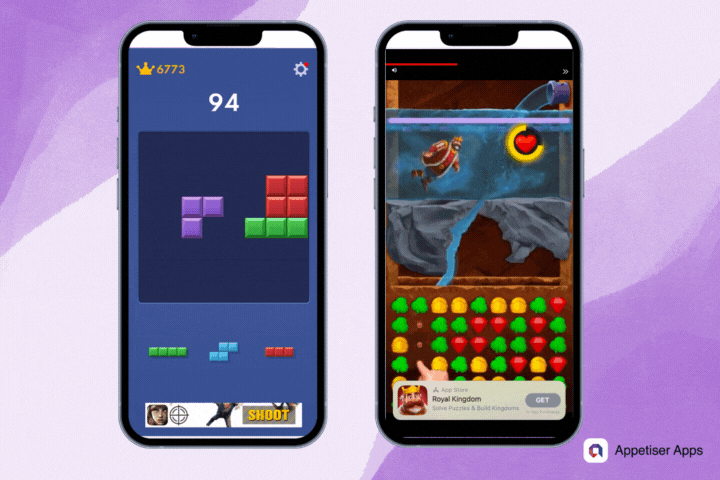
2. Data monetization
Some apps collect non-personal data, like device type, screen size, or OS version and share it with companies that use the info for research or marketing.
It’s legal and ethical as long as you get user consent.
Facebook has famously monetized user data though not without controversy. Still, its ad-driven revenue reached over $100 billion in 2024.
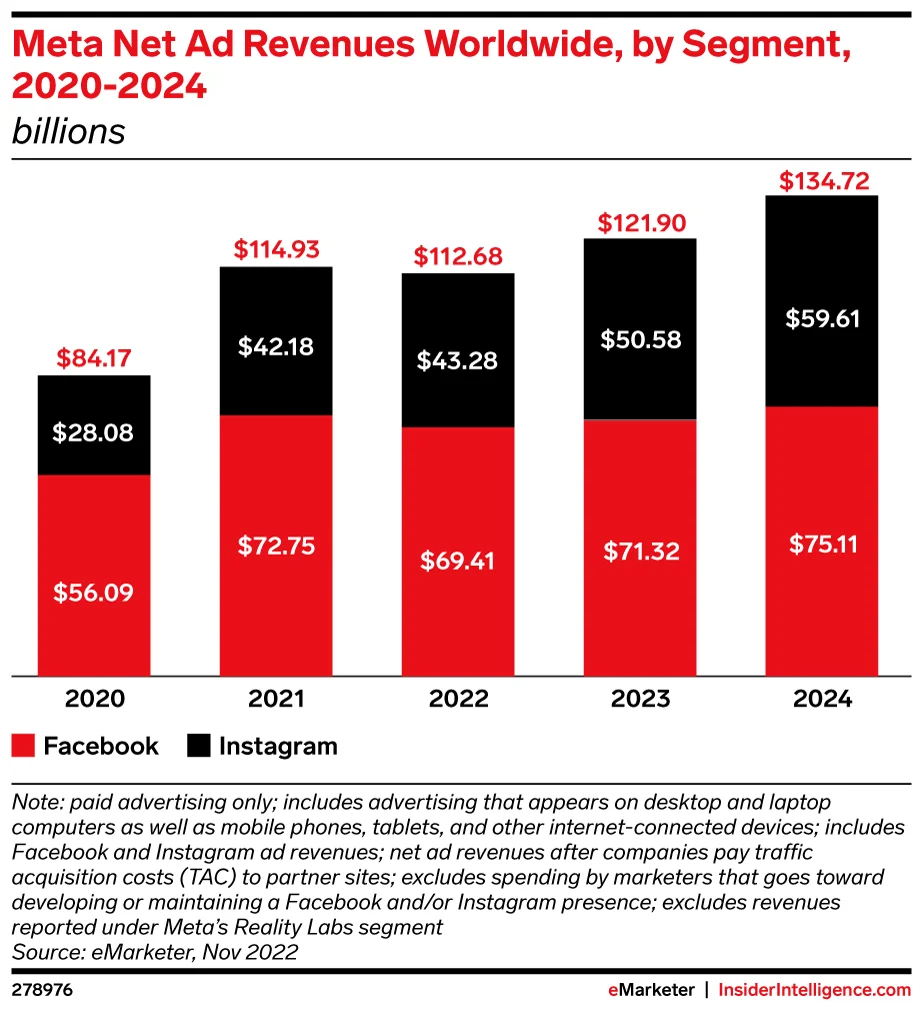
Source: eMarketer
3. Merch & eCommerce
Some apps make money by selling physical goods or processing transactions.
Angry Birds game earned significant revenue from selling plush bird toys, T-shirts, stickers, and backpacks — these items are related to the game.
Meanwhile, e-commerce platforms like Amazon use their apps for product purchases, charging a referral fee for each item sold. In contrast, brands like Nike or Domino’s don’t view their apps as main income earners since they are only tools to extend their business reach and enhance customer engagement.

MyDeal is another app that doesn’t charge users to use. Founded by Sean Senvirtne in 2010, the app lets Australians shop online without charging users any fees.
In 2020, seeing the rise of mobile e-commerce, Sean partnered with us to build an app that helped MyDeal scale. Today, MyDeal boasts nearly a million active customers and a company value of over $200 million.
📣 Check out our case study to see how MyDeal grew from self-funded to sustainably successful.
When to use the free app model
So, who is the free model ideal for? Here are some of the apps that often thrive with their free app strategies:
| App Type | Why Free Works | How You Make Money Later |
|---|---|---|
| Social media platforms | Social apps live and die by network effects. The more people use it, the more valuable it becomes. | Monetize through ads, sponsored content, or brand partnerships. |
| Messaging apps | Messaging thrives on daily use and trust. Free makes it easy to spread and stick. | Later, layer in business accounts, premium features, or integrations. |
| Marketplaces & transactional apps | You’re not selling the app—you’re selling what happens inside it. Free removes friction for users. | Earn from commissions, service fees, or in-app transactions. |
| High-traffic or indirect monetization apps | If your app gets used daily and supports ads or content, free is your growth engine. | Monetize via ads, data (ethically), or spin-off products like merch or media. |
![]()
Pro tip: If your growth depends on volume, habit, or community, free isn’t just generous, it’s strategic.
Go free if:
- You have other revenue streams (ads, data, merch)
- You want to build a large user base quickly
- You’re not planning to lock core features behind a paywall
But be cautious: switching from free to paid later often doesn’t work well. If you plan to monetize later, starting with freemium, not totally free, may be a better option.
3. Freemium: Let users try before they buy
The freemium pricing model is one of the smartest, most scalable ways to build both user trust and revenue.
Here’s the concept in a nutshell: You let users access your app for free but charge for advanced features, premium tools, or exclusive content later.
It’s a proven approach that helps you:
- Attract users with zero friction
- Show off your app’s value without a hard sell
- Convert happy users into paying customers at the right moment
What are the types of freemium apps?
Freemium isn’t a one-size-fits-all strategy. It’s flexible and that’s what makes it so powerful. Depending on what your app does and who you’re building it for, you can use different flavors of freemium to bring in users, build trust, and eventually drive revenue.
Here are the six most common freemium models, along with when (and why) they work.
1. Feature unlock

Source: My Training Space
This is one of the most popular freemium setups. Users can download and use your app for free, but some advanced features, tools, or content are locked behind a paywall.
Why it works:
It lets users experience real value first and naturally nudges them toward upgrading once they want more.
Great for:
- Educational apps
- Mobile games with unlockable levels or characters
- Wellness and fitness apps with extra content packs
2. In-app currency or purchases

Source: Pet Rescue Saga
Your app is fully functional from the start, but users can pay to enhance their experience. That could mean faster progress, extra lives for games, special items, or aesthetic upgrades.
Why it works:
It keeps the core app free and fun while giving your most engaged users ways to invest more.
Great for:
- Gaming apps
- Avatar builders or design apps
- Productivity tools (think note apps, schedulers, or task managers)
3. Time-limited premium access
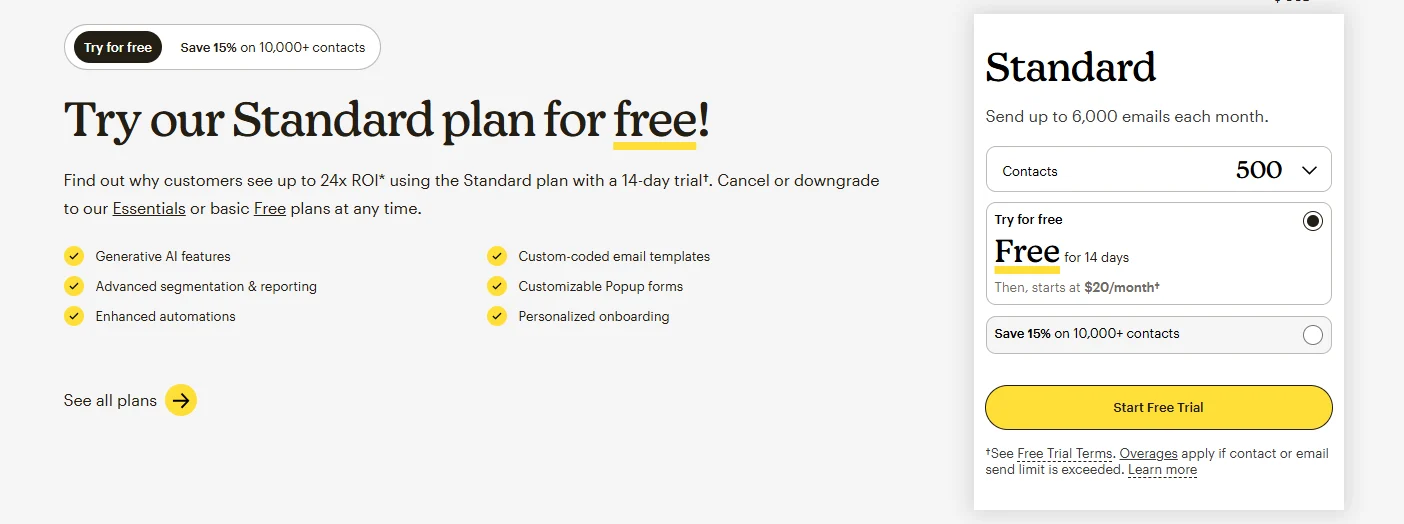
Source: Mailchimp
You give users full access to all features but only for a limited time. After the trial ends, they either upgrade or drop back to a free, limited version.
Why it works:
This model gives users a chance to experience your app at its best, so they see what they’re missing once the trial ends.
Great for:
- B2B tools
- Lifestyle or habit-building apps
- Anything with long-term value that takes time to appreciate
4. Ad-free upgrade
Your app is completely free, but includes ads. Users who prefer a cleaner, ad-free experience can pay a small one-time fee or subscribe.
Why it works:
It’s a low-risk, high-reward offer for users especially once they’ve grown to love the app.
Great for:
- Streaming or entertainment apps
- Casual games
- News or content-based platforms
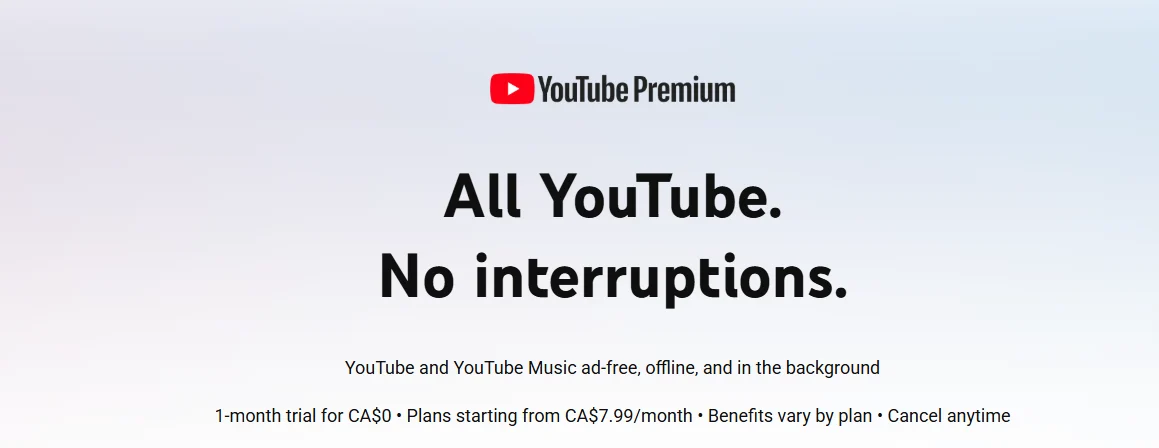
Source: YouTube
YouTube is a textbook example of ad-supported freemium done right. While users can access all videos for free, YouTube Premium removes ads, enables background play, and unlocks offline viewing.
5. Add-ons or optional tools

Source: VSCO
The main app stays free, but users can pay for extras like advanced integrations, premium templates, filters, or other tools that enhance functionality.
Why it works:
It keeps your app accessible while giving users the freedom to build out the experience they want.
Great for:
- Design tools
- Developer platforms
- Creative or business apps
6. Land & Expand (perfect for B2B)
This model starts by giving free access to individual users or small teams. As more people in the company start using it and see the value, you can offer paid plans to the wider organization.
Why it works:
It keeps acquisition costs low, helps your user base grow naturally, and gives you clear upgrade opportunities when teams are ready to scale.
Great for:
- Collaboration tools
- Communication apps
- Workflow and project management platforms
Example: Slack
Slack gives small teams a free plan with basic features. As the team grows and relies on the tool more, they often upgrade to unlock more history, integrations, and admin controls.
.

Source: Slack
4. Paymium: The best of both worlds?
Can’t decide between charging upfront or offering in-app purchases? Why not both?
With this model, users pay to download the app and have the option to unlock premium features inside. Think of it as a “starter pack” that can grow with your users as they explore more value.
It’s a bold move, but it works best when your app delivers serious utility or content right out of the gate and has even more to offer behind the scenes. It’s perfect for apps that offer solid value upfrontlike a pro photo editorwith advanced tools available for power users.
Monopoly is a great example.

Source: Apple App Store
The renowned board game app demands a one-time payment of $4.99 for its download. Then, unlock additional content and features through in-app purchases, enhancing your gameplay to new heights of excitement and enjoyment.
People Also Ask
1. What are the 4 types of app pricing?
The four main types of app pricing are:
- Paid Apps: Users pay upfront to download the app.
- Free Apps: The app is free to download, often supported by ads.
- Freemium: Free basic version with paid features or upgrades available.
- Paymium: Paid download with additional in-app purchases for extra features.
2. What is a reasonable price for an app?
A reasonable price depends on your app’s value, market, and audience. For example, simple apps might range from $0.99 to $4.99, while complex apps with high value can be priced between $9.99 and $50 or more. Research similar apps and your target audience to find a competitive price point.
3. How to determine the price of a mobile app?
To determine the right app pricing strategy, consider factors like the app’s development cost, target market, competitors, and perceived value. You can also run tests with different mobile app pricing models to see what generates the best revenue. Keep in mind what your audience is willing to pay and whether your app delivers enough value to justify that price.
Ready to turn downloads into dollars?
There’s no one-size-fits-all pricing model but the right one can make or break your app’s success. Whether you charge upfront, go free, mix in freemium features, or try Paymium, it all comes down to knowing your users and the value you offer. Test, tweak, and choose what fits best—and let your app (and revenue) grow from there.
Need help choosing the right strategy or building an app users want to pay for? At Appetiser, we don’t just build beautiful apps—we help turn smart ideas into scalable businesses. Let’s bring yours to life.

Jesus Carmelo Arguelles, aka Mel, is a Content Marketing Specialist by profession. Though he holds a bachelor’s degree in business administration, he also took courses in fields like computer troubleshooting and data analytics. He also has a wealth of experience in content writing, marketing, education, and customer support.


